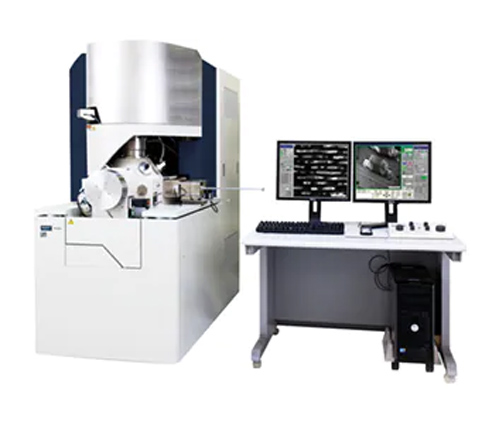Microscopes are widely used in various fields of modern science. Especially in agriculture, forestry and animal husbandry, aquaculture, medical and health services, biological science research, metallographic research, and teaching in various colleges and universities, it has important uses.
Microscopes have gradually become the most commonly used analytical instruments for scientific researchers. However, how to buy transmission electron microscopes, which are cost-effective, and have complete functions, are often a headache for scientific researchers. Today, I will talk to you about choosing microscopes. Several major considerations:
1. First, we must understand what kind of sample and what type of microscope?
According to the observation sample and different functions, the microscope is divided into: upright microscope, inverted microscope, stereo microscope, fluorescence microscope, phase contrast microscope, polarizing microscope, metallurgical microscope, laser confocal microscope and so on. Upright microscopes are more suitable for observation of slides, inverted transmission electron microscopes are more suitable for observation of petri dishes, phase contrast microscopes are more suitable for living cells and unstained biological specimens, fluorescence microscopes are suitable for imaging of autofluorescence and induced fluorescence specimens, and so on.
Second, the comfort of the operating experience?
The comfort of the microscope experience is now a major selling point of the microscope. The pictures are displayed synchronously and screened, and the saved pictures can be modified and edited directly, which is of great help to liberate the experimenter.

3. What effect do you want and how many times to zoom in?
Eukaryotic cells: 10-100μm; Prokaryotic cells: 1-10μm; Nucleus: about 7cm; Mitochondria: 0.5-1μm; Most viruses: 20-100nm. The optical microscope can distinguish between 200nm; smaller mycoplasma and viruses need to be observed with an electron microscope. Optical total magnification = eyepiece magnification X objective lens magnification, digital total magnification = eyepiece magnification X objective lens X digital magnification. Therefore, the appropriate microscope and configuration should be selected according to the size of the sample to be observed.
4. How good is the optical system?
Resolving power is the ability to observe the details of the sample and the resolution speed of the image-another important factor that needs to be considered. The objective lens is very important in the optical system. The higher the numerical aperture (NA) of the objective lens, the stronger the resolving power. The user needs to see the level of detail and budget, and select the objective lens with the appropriate numerical aperture (NA). In addition to the numerical aperture (NA), it is also necessary to evaluate the degree of correction of the microscope objective for spherical aberration and chromatic aberration. Choose a good objective within your budget. The quality of the objective lens will directly affect the quality of the data, so this is a very important factor that needs to be considered.
There are many types and functions of microscopes on the market for scientists to choose from. Sometimes, the choice may be one-sided. A good way is to do research based on your own needs, compare different equipment, and evaluate current needs and future plans.